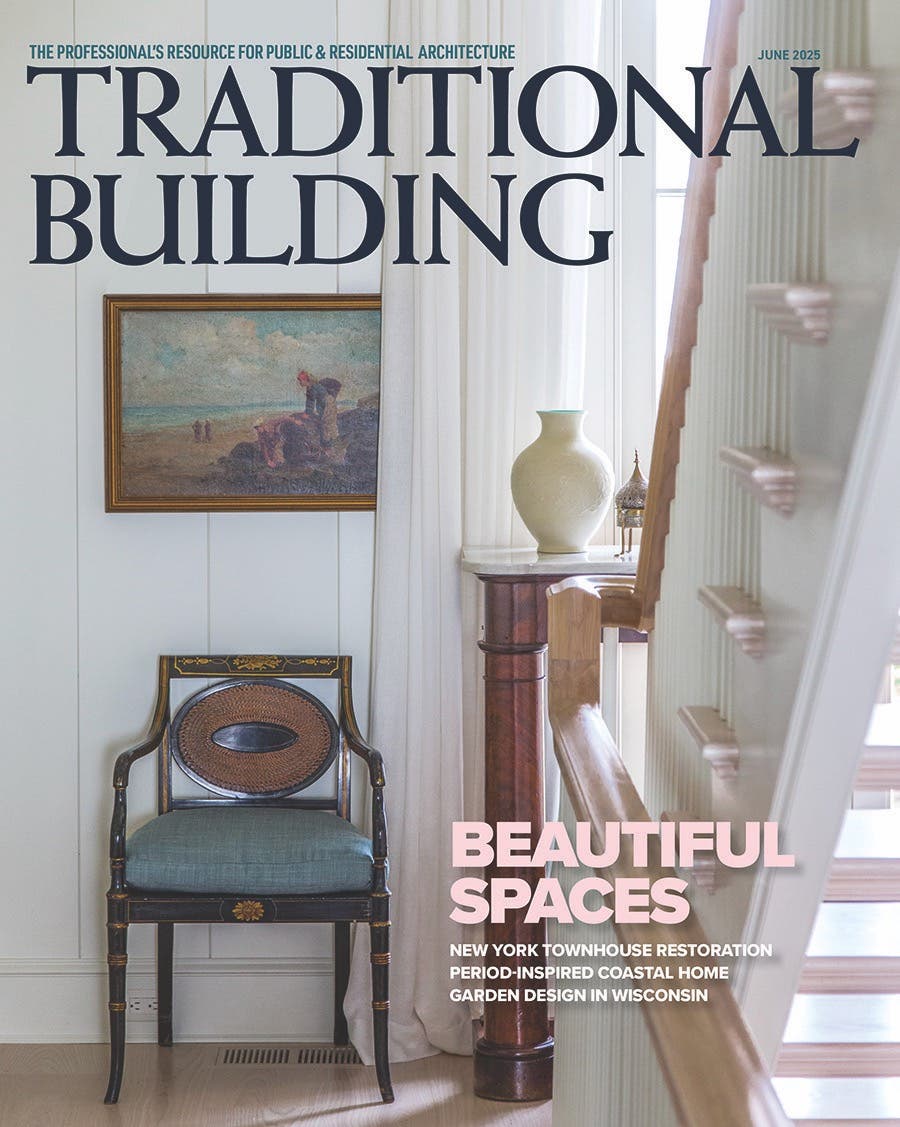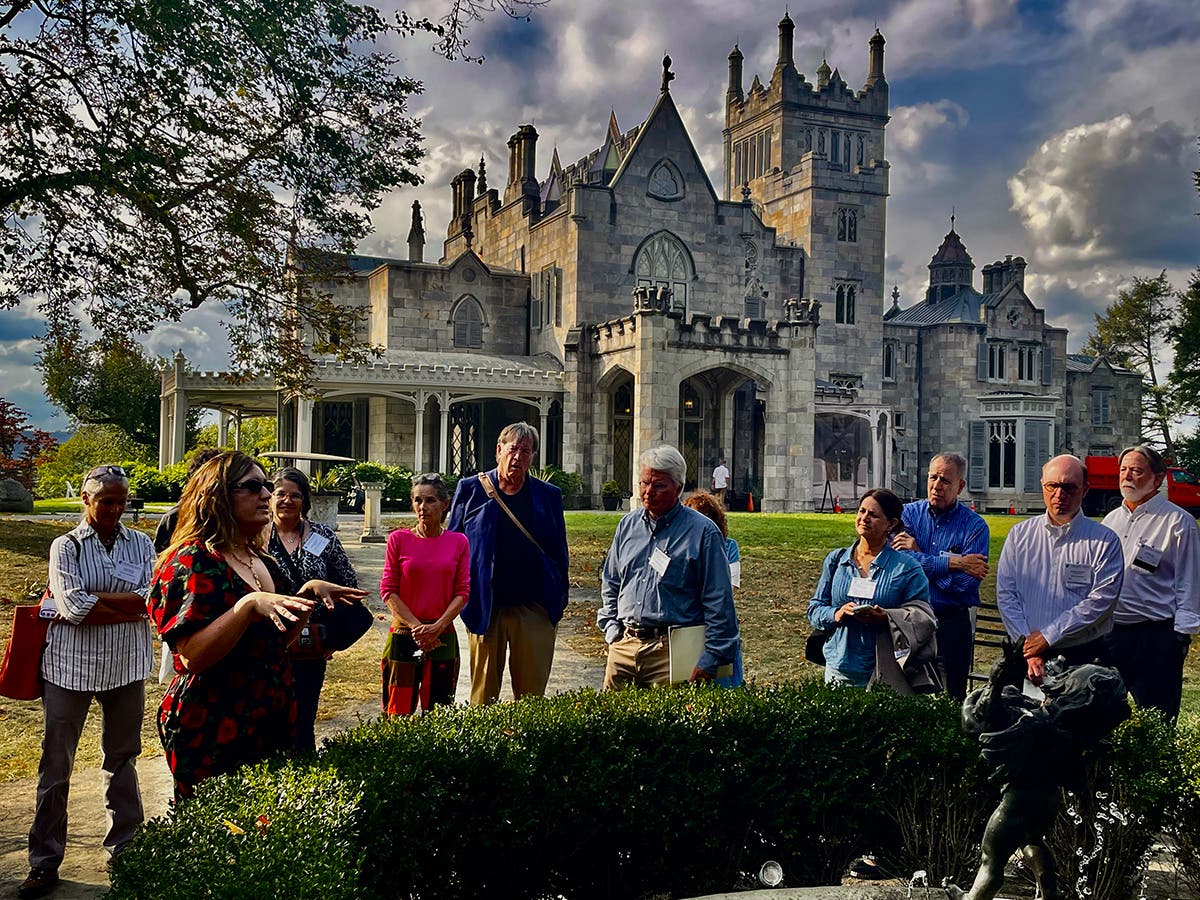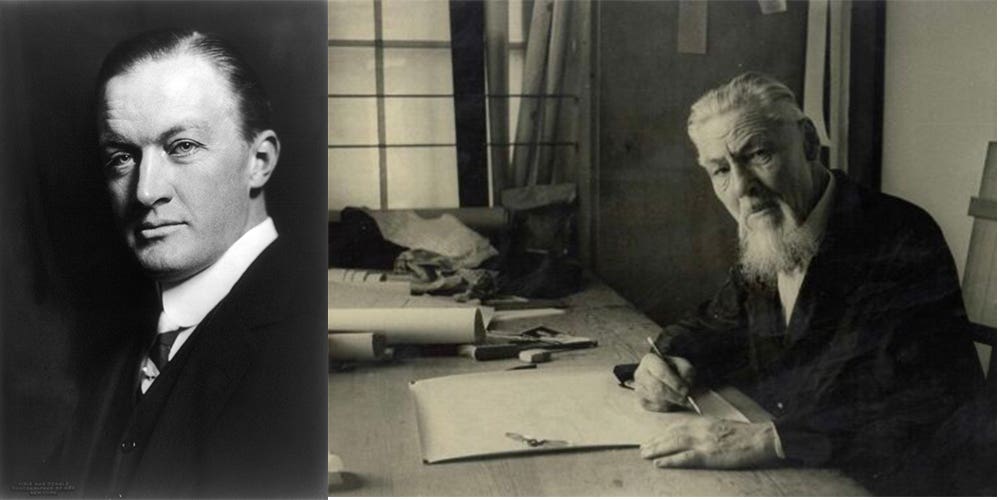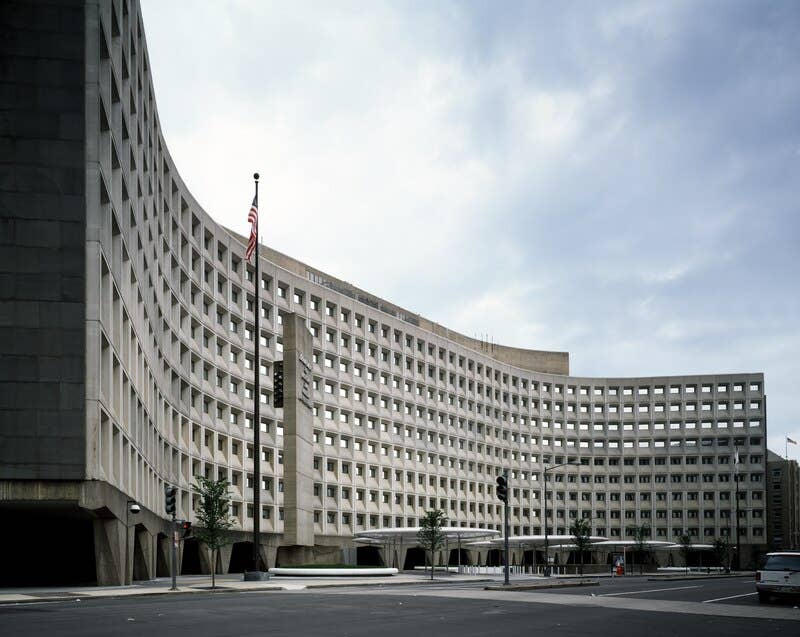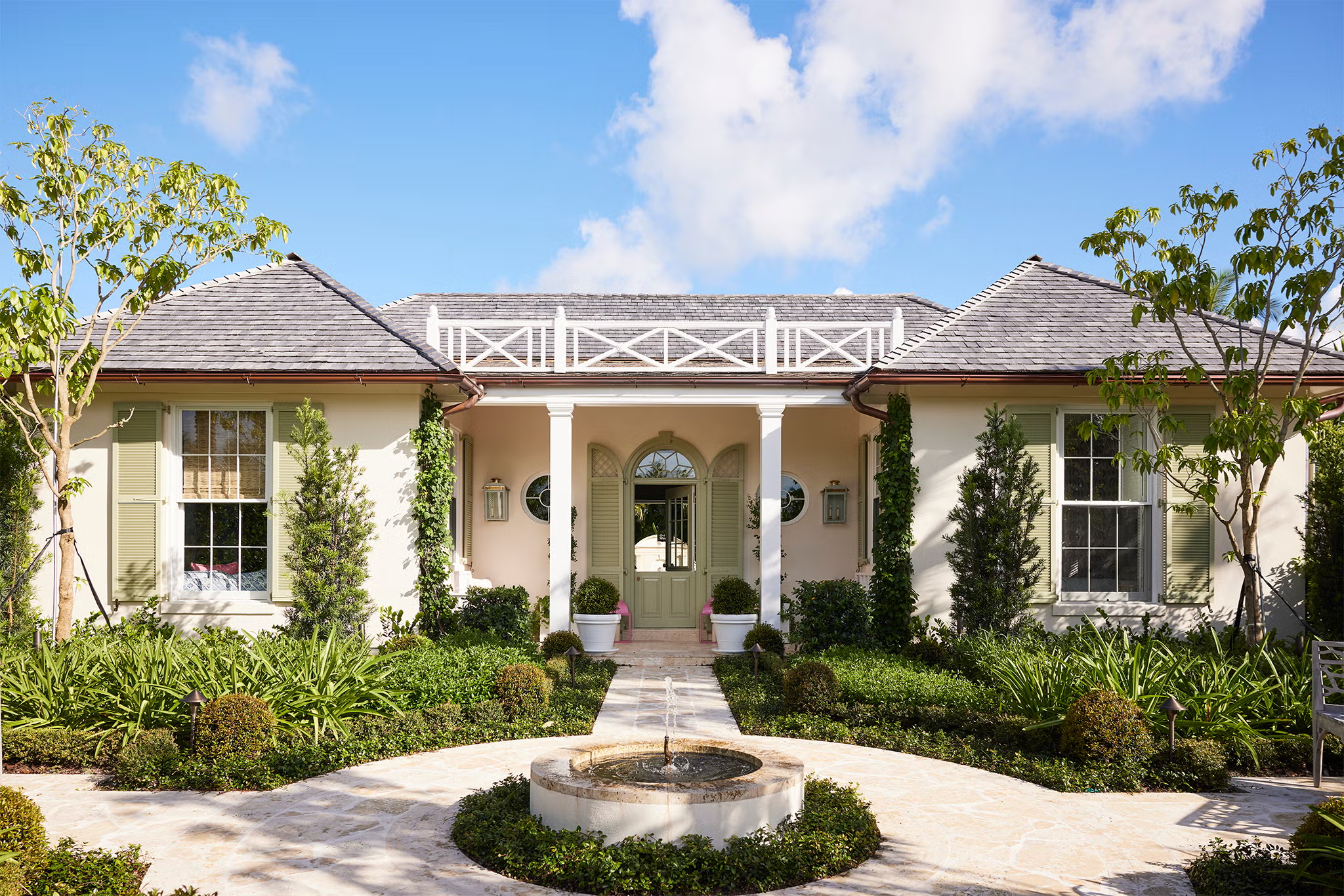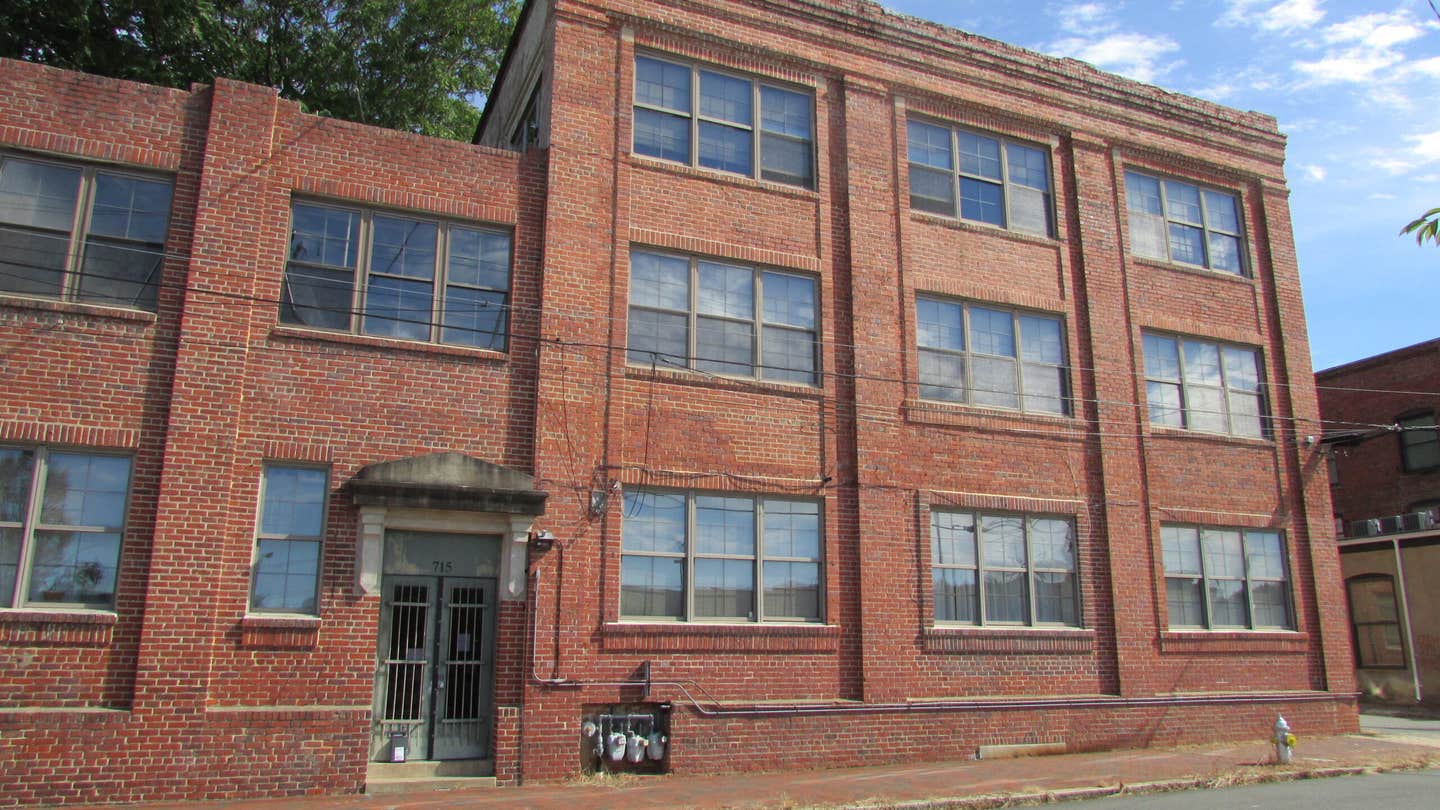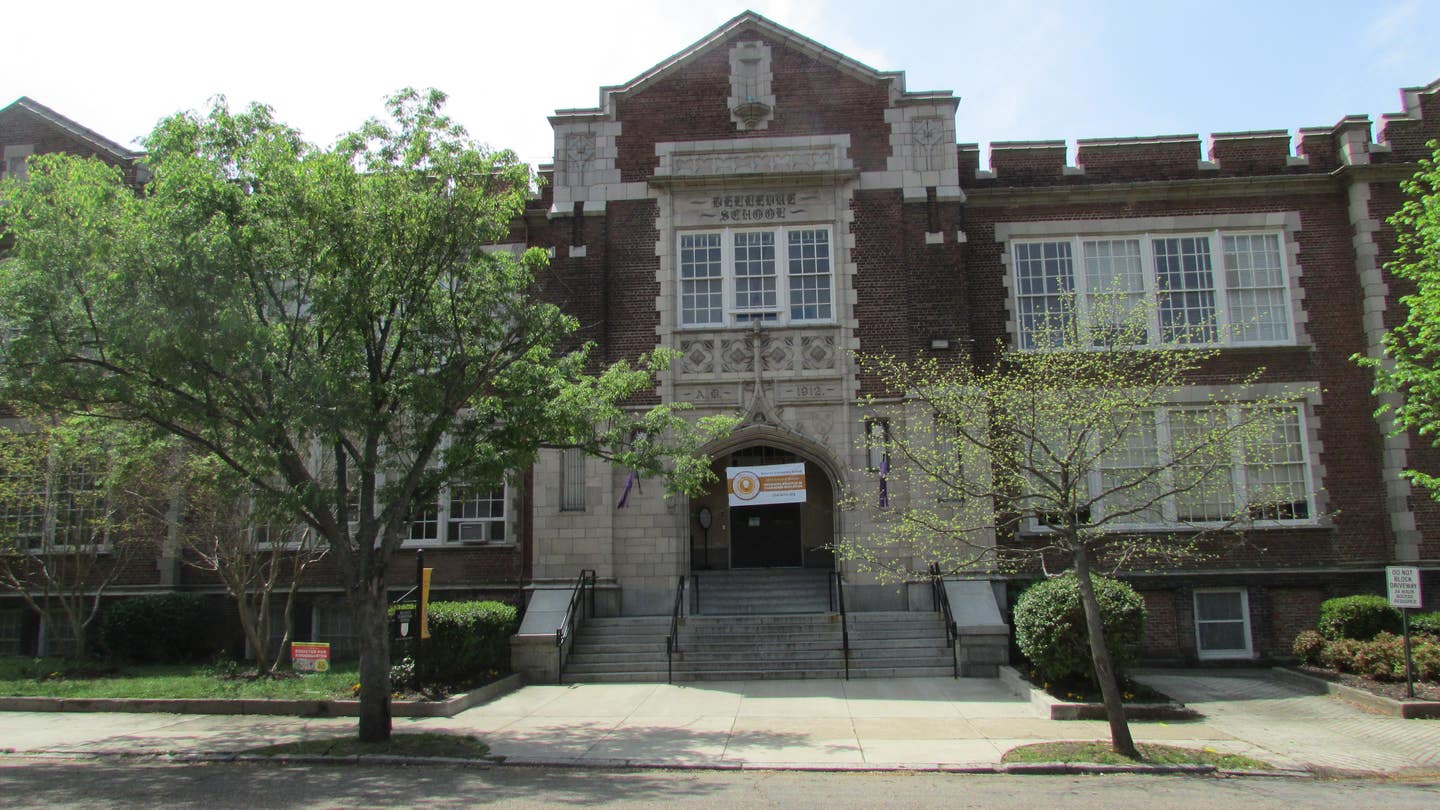
Carroll William Westfall
Buildings, Urbanism and Two Kinds of Beauty
We know that a well-designed and well-crafted traditional building possesses beauty, but too often we see and seek only less than architecture’s full beauty.
We can blame anti-traditional architects for that. They seek something new that will make their predecessors look old, and in doing so they have taught us that each era, each year, and each day requires something new. Traditional architects, having absorbed this timeline, have turned for guidance and instruction to some segment of the past or even to some single precedent instead of the full traditional past.
The anti-traditionalists have also taught the traditionalists to treat a building as an isolated entity or a mere picture. Anti-traditionalists know no better, but this blinkering pays inadequate attention to the place any building will occupy in the urbanism it will inevitably alter.
When tradition’s instruction is narrowed and when a building’s role in urbanism is neglected, a good traditional building may reward us with beauty, but it is a partial beauty and not the full beauty found in its contribution to urbanism.
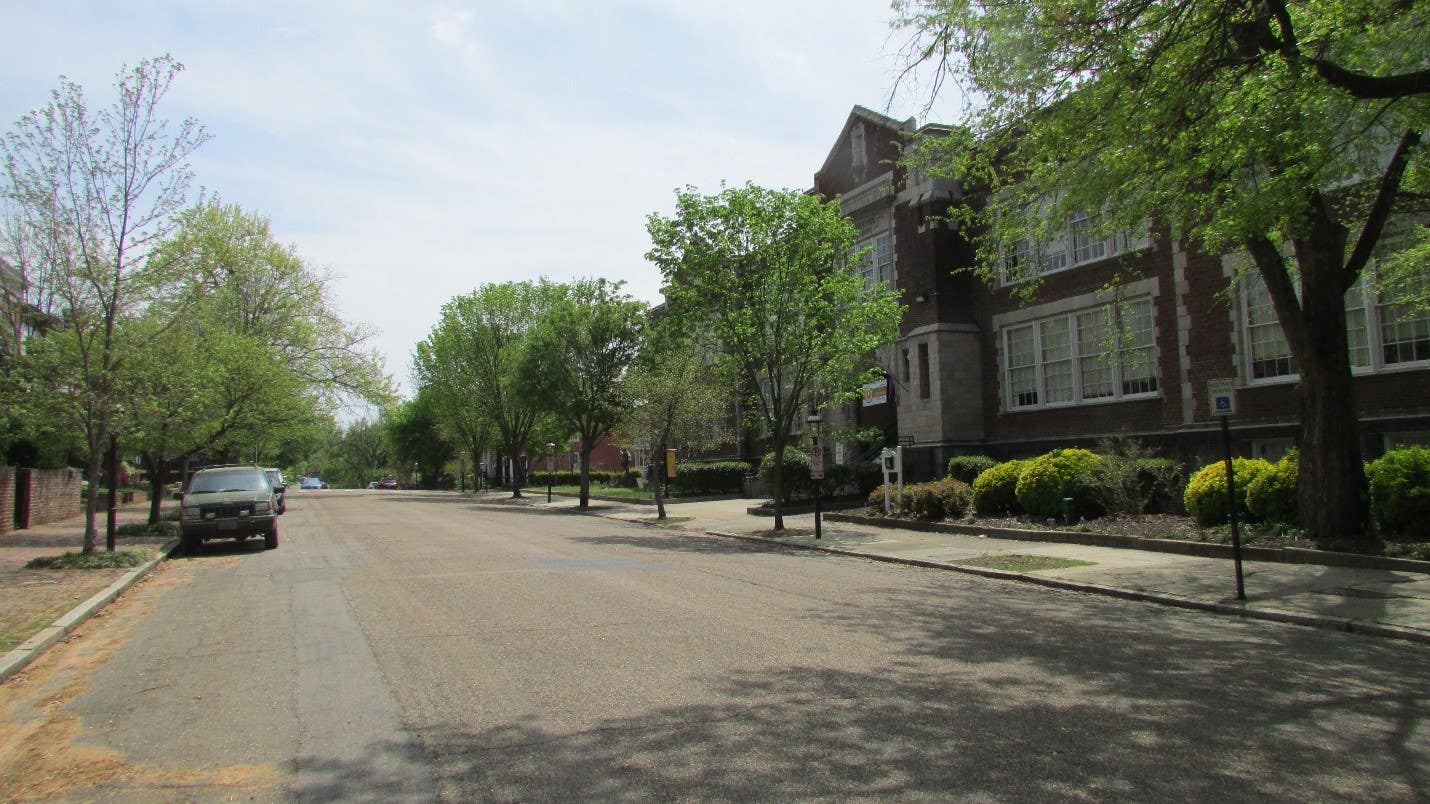

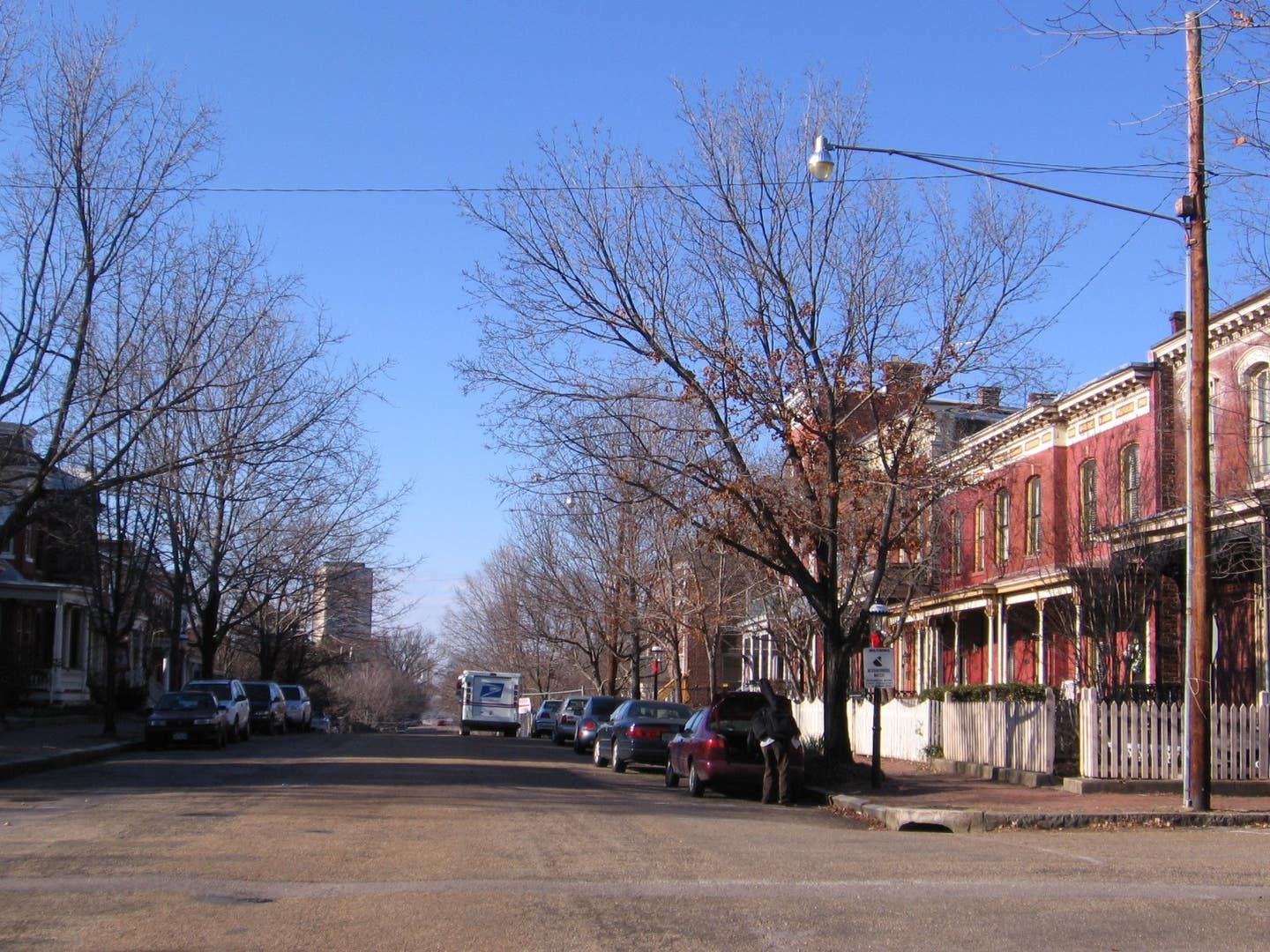
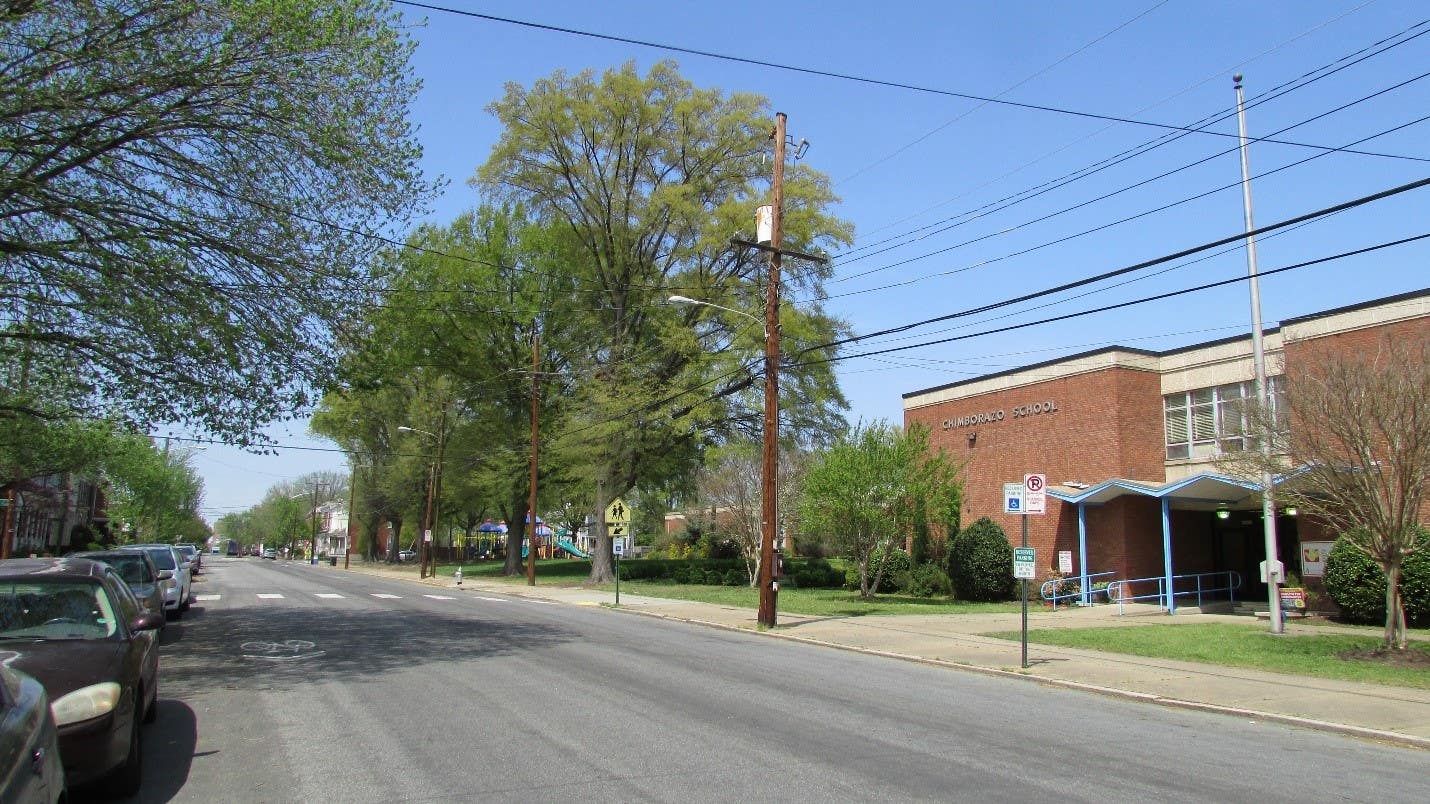
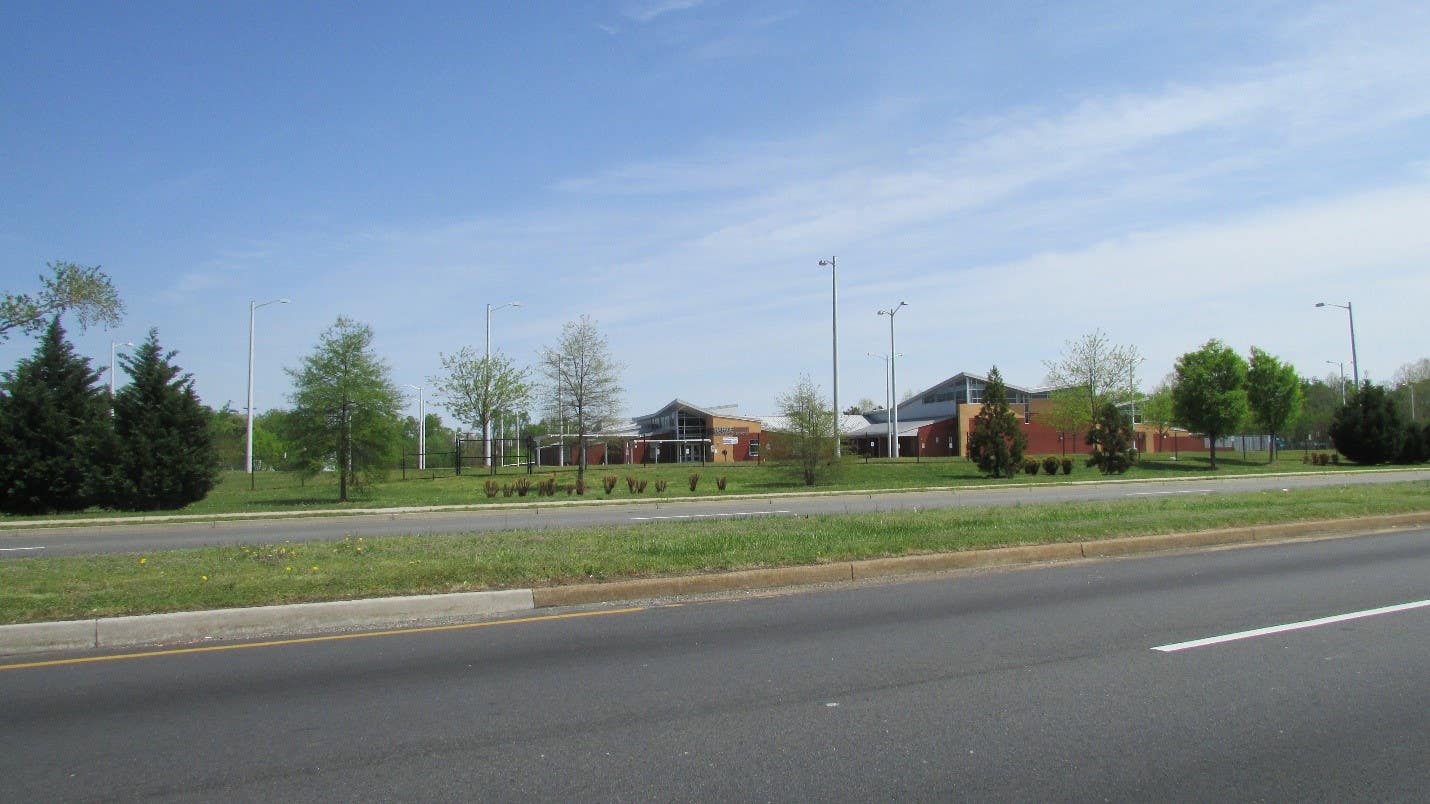

This full-fledged beauty is found only in buildings that join others in a rural countryside and in a city’s streets, squares, parks and so on, each one serving a particular purpose and together serving urbanism’s purpose, which is to facilitate a community’s reach for its common good. No matter how a community defines the good, when its members agree that it is a common good they bring to it their contributions of reason, labor, treasure and skill for the variety of tasks to attain it, some of them more important than others and all taking place in the urbanism they build.
In urbanism as in a community’s civil order, each of the various parts and pieces has a different service to render and a different rank of importance in the common undertaking. The community establishes the ranking, and it finds expression in what it establishes as the highest and best use for the land and the extent of the toil, treasure and skill devoted to the buildings on it. In making this allocation the community sets the standards for the urbanism that serves the community’s aspirations for the common good.
The community’s standards for both the good and the beautiful always come from sources outside itself. Its members know they cannot be fully realized, but while working together to achieve them binds them into a community of hope and not despair.
Consider the ancient Athenians, who for their standards for the good and the beautiful, looked to the perfect order, harmony and proportionality of the cosmos, which they knew was not given to morals to replicate. Nonetheless, the philosophy and political theory they articulated and the buildings they built have assisted the efforts of every subsequent community in their own attempts to achieve the impossible and not despair.
The ancient Romans, using law and action in their empire, provided a different model for imitating the cosmic order. Christians then transformed their Hebraic, Greco and Roman legacy with innovative doctrines, architecture and urbanism whose ultimate source was the Christian God’s Revelation. More than a millennium later Britain’s New World colonists, using their reason, experience and knowledge of human nature with our life on earth, introduced innovations in their tradition and brought forth a new nation that they then equipped with innovative traditional buildings in Washington and in numberless states, cities and counties to serve and express it.
These examples reveal the always close and visible congruence between the civil order seeking the good and the beauty of the urbanism serving and expressing it. We can categorize their buildings into four broad categories, public, residential, commercial, and utilitarian, each of which occupies a different rank in their public service and prominence within the urbanism they help constitute.
At its best, urbanism arranges them to make most of a person’s needs and wants available within walkable proximity, even in America's tradition where the landscape remains prominent and the buildings are spread across it. Some uses are always placed at a distance and others need to be there, and to reach them and rural areas public transportation supplements shanks’ mare.
In good urbanism a person is never alienated. A newcomer can quickly separate buildings devoted to public activities and those that hold private realms. Secular is distinct from religious, residential from commercial, and utilitarian from all the rest – and even new from old. Why? Because tradition invests each of these with its particular character that remains visible as innovation fits it to its place and time.
In good urbanism each part has its particular beauty, but it is a partial that is elevated to the fullness of beauty when it works with others in serving the common good. Here the good and the beautiful are counterparts of one another, but that happens only when decorum governs the assemblage of urbanism’s many pieces.
Decorum, or fitness, appropriateness, and so on, is the overlooked quality of architecture in Vitruvius’ treatise, the sine qua non for producing good urbanism, and the governor that anti-traditional architects disrespect. Decorum guides the decisions about where and what to build and how much to spend on it. It also establishes comity between innovation and tradition as the architect confronts ever-changing contingencies. A truncated tradition offers an architect guidance, but the full, rich tradition offers much more experience and know-how of the Classical apparatus of forms, the various varieties of the Gothic, and the large repertoire of other imports to tradition. All offer a tremendous range of massing, composition, detailing, ornamentation, orientation, and so on.
Our public habits do not give decorum its needed authority. In its absence good, new, innovative traditional buildings, always preferable to the alternative, can reward us with their always welcome partial beauty. Might we hope that they also instruct our communities about a better understanding of the highest and best use for land and the importance of treating the good and the beautiful as counterpart to one another?
Carroll William Westfall retired from the University of Notre Dame in 2015 where he taught architectural history and theory since 1998, having earlier taught at Amherst College, the University of Illinois in Chicago, and between 1982 and 1998 at the University of Virginia.
He completed his PhD at Columbia University after his BA from the University of California and MA from the University of Manchester. He has published numerous articles on topics from antiquity to the present day and four books, most recently Architectural Type and Character: A Practical Guide to a History of Architecture coauthored with Samir Younés (Routledge, 2022). His central focus is on the history of the city and the reciprocity between the political life and the urban and architectural elements that serve the common good. He resides in Richmond, Virginia.


